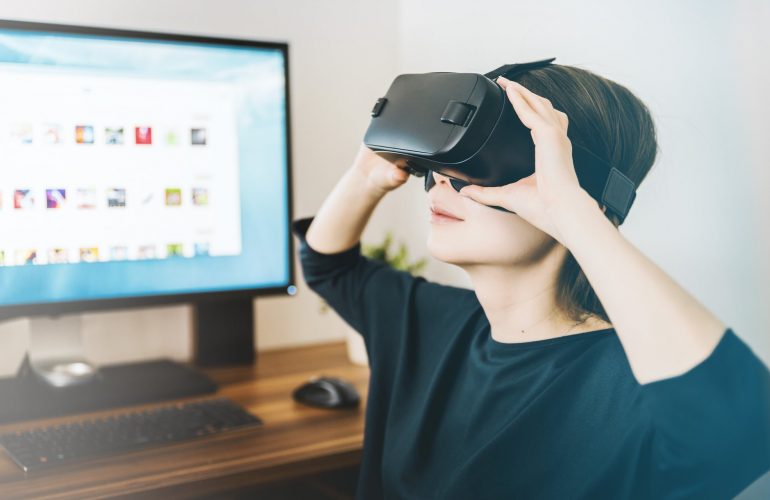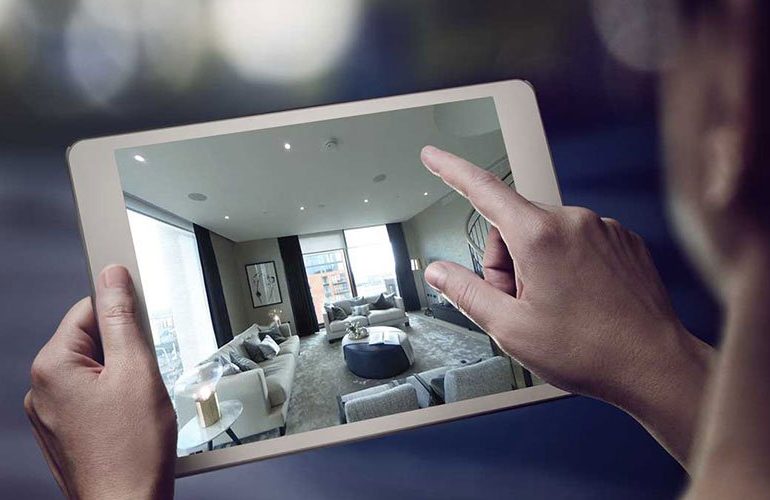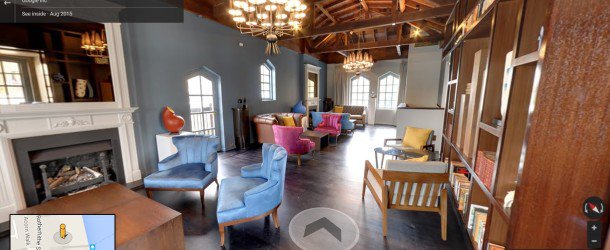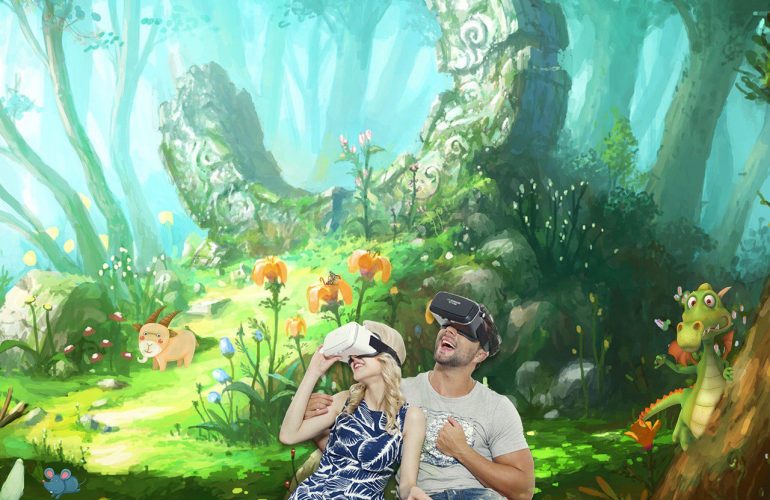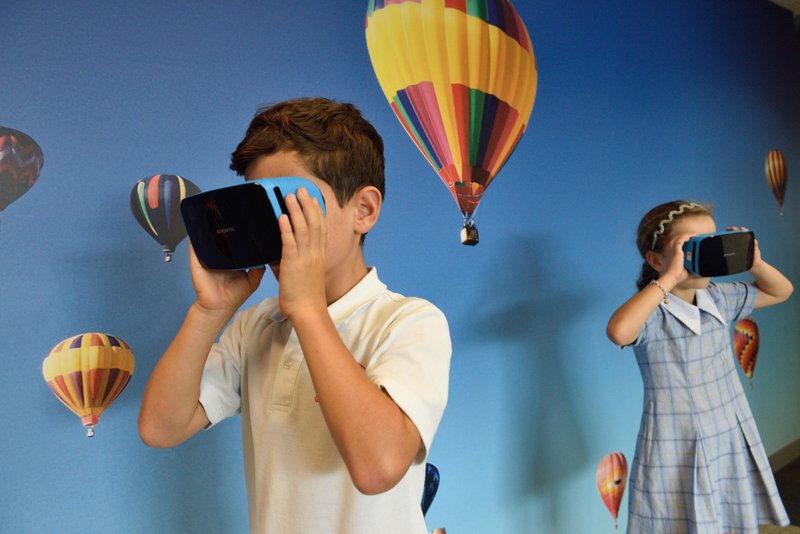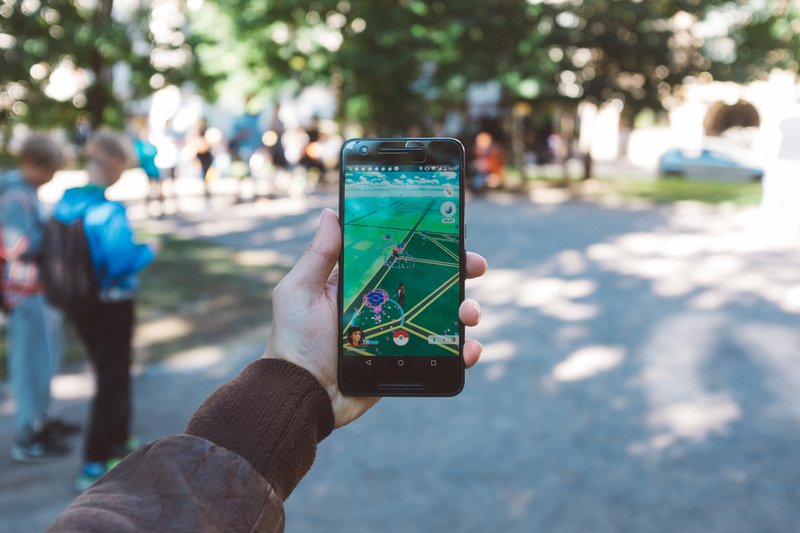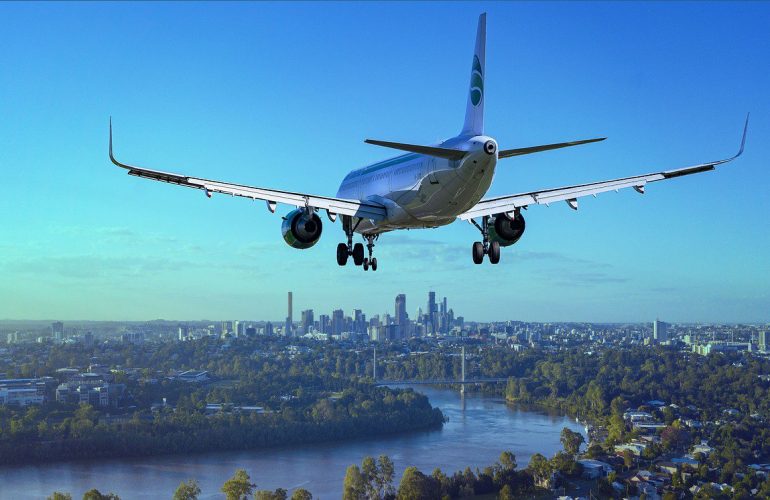Real Estate Virtual Tours Sneak Peak That Will Blow Your Mind!
Virtual Tours Made Possible
Virtual tours bring more opportunities by helping clients find their perfect property and also in growing the businesses of real-estate agents. Homebuyers are also given the chance to see the property without meeting with the agent or visiting the place on-site.
The advancement in real-estate technology we enjoy today provides a convenient way to find our dream home. It allows us to make home visits to potential property easier.
The rise in the demand for properties opened a gateway for the competition from their fellow agents. The good thing about seeking help from an agent is their ability to provide you with a list of properties. Their new listings keep the options open for homebuyers. For a long time, this process is traditionally accepted by the real estate industry.
Evolving Industry
Real Estate Virtual Tours are transforming the real estate market into being more accessible to clients around the world.
3D Virtual Tours are classified into two types: guided and interactive visits.
Guided visits are like the traditional videos promoting the property in a virtual 3D form. The video is made with a 360-degree visual and is convenient for properties that already exist. Here, you won’t need to invest in expensive and sophisticated rendering materials, you only need to buy the Virtual Reality headset for the clients to immerse in the 3D video.
Interactive visits allow the client to be immersed in the program and move freely within the property. Interactive visits are more complicated but favored by the client since it lets them show and experience the property more efficiently.
Real Estate Using VR Technology
Virtual Showcase
Clients like to see as much property as they can for comparison before making a decision. When the property showcases reach too many for both parties to handle, virtual property showcasing turns into a technological miracle. VR helps solve the problem of time-consuming property visits and helps save money.
Imagine a 30-minute to an hour drive to your next home visit reduced to minutes and you can even cover a lot of properties even at a distance. The Real Estate Virtual Tours need the client to wear a VR headset to experience the enveloping experience and have a walk through the properties. VR helps the clients make an initial visit and eliminate those that don’t meet their requirements.
Virtual Staging
Staging needs investment, especially when you are selling newly built properties. A property staged better in virtual reality is better than selling a home with no pieces of furniture. While it’s better to leave minimum decorations when virtual staging, the property needs to show clients carefully-chosen pieces of furniture and decor where clients are still left to fill something for their imagination.
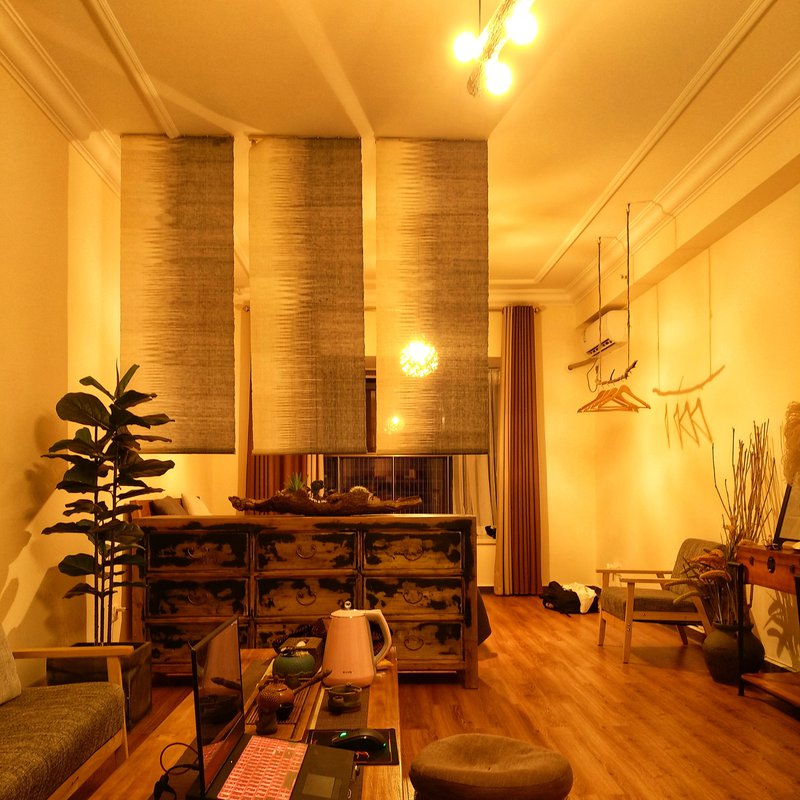
When the staging is virtual, you control what the clients see and set an image for the potential property.
Visualizing Architecture
Have you seen a model house? As good it looks, this phase of marketing a property before its construction proved challenging not only to agents but also the developers. Models like to help potential clients see what home or property they can expect and develop. Model houses need well-crafted interior designs to convince clients on purchasing the property.
Virtual tours redefined visualizing architecture by creating a cheaper way of models to properties while still allowing the clients to check the details of the interior and exterior of the properties they are about to build. Real Estate is a serious business not only due to the cost of acquiring such property but also its significance in the personal aspect of the buyers with the purchase.

